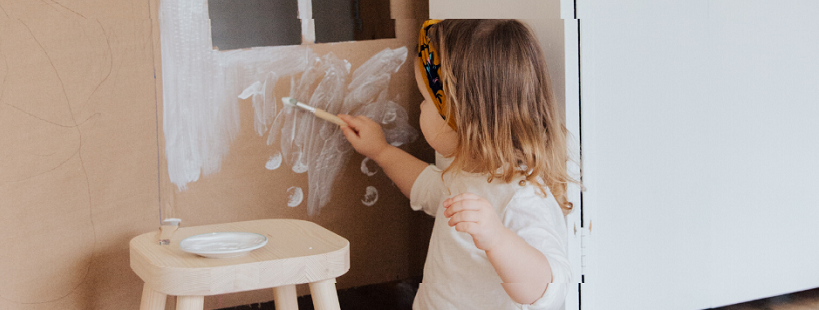.png)
In the beginning of the new term familiarizing with the alphabet is a traditional theme to start with - whether children's learning is in-class, at home or a blended approach is used. Children gain interest in letters and writing in their own pace, and when they do, it is good to take advantage of their thirst for learning.
Learningmole in Youtube offers great videos for learning the alphabet. Videos are originally made for homeschooling, so to they are great for remote learning! Teacher can share the video for children who are staying home or if the situation allows - show it in class.
There is variety to choose from, but video ‘Learn the Alphabet for Toddlers’ has the classic ABC song which is awesome for toddlers! They get to hear the names of the letters and see how the letters look like together with a familiar melody. After the ABC song the video shows also Learning the Alphabet with Foods and Animals. Children can deepen their knowledge of letters and connect them with familiar words, such as D for Donut or E for Elephant.
Children who stay home can watch the 'Learn the Alphabet with Foods' video (starting from 1.05) and then search for foods shown in the video from their fridge! Children can then document back to their teacher which ones they found (eg. L for Lemon and W for watermelon) for example with a video or drawing. Kindiedays has a great messaging system, that can be used for fluent communication between home and school, also group messages between children are great for learning together. Kindiedays collects data for child's individual e-portfolio and gives teacher an opportunity to assess children's work and development.

.png)
.png)

.png)